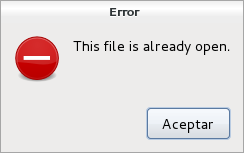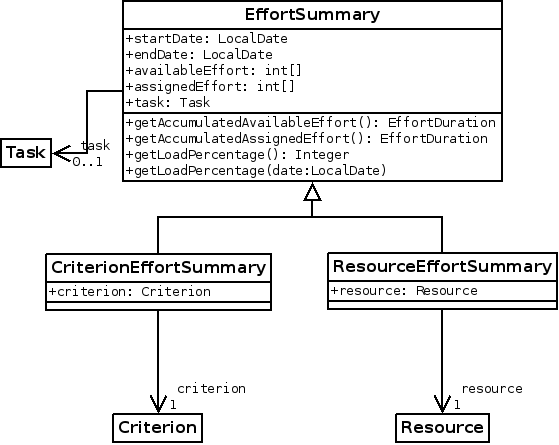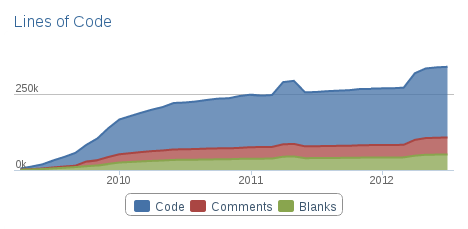Lately you have had the chance to read some posts related to open hardware in Planet Igalia. It’s natural for a company with strong roots in the free software movement like ours to jump into this exciting new world.
While some igalians started working in the kernel support of some open hardware boards, others have noticed that there is a lack of specialized free software to work with schematic, PCB designs and so. That’s why we decided to start contributing to KiCad project.

While there are other alternatives, KiCad is in a really good position to become the reference software in this field. It already has a good number of features and a strong user base. It just needs some push to grow and catch up with the existing privative tools.
Our first patches focus on usability issues; it has allowed us to get to know the code base while generating useful contributions. You can already see some of them in the project repository or in the developers list, like:
- Double click on the component name in the library browser will add it to the document, no need to click on the component and then press “insert component”
 in the menu bar.
in the menu bar.
- While performing a drag operation, now you can open the component edition dialog from the context menu or using the hotkey. By extension, you can do this also when you select a group and that group contains only one component.
- Added an import feature in the schematic editor, so you can quickly copy the components from another sheet into yours. It’s useful if you periodically repeat some components among your sheets (for example, placing your logo and some information in a corner).
- Added a log to KiCad launcher, informing the user about the applications that have been opened or closed.

You will be able to read about our next steps here, and if you need assistance on KiCad, now you can knock at our door!




